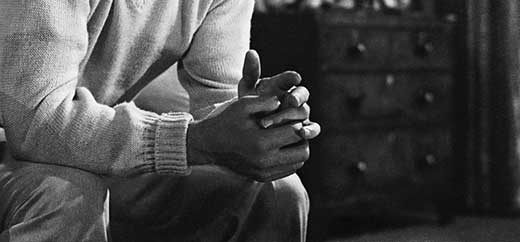Interviewing individuals in the world of documentary video production is a journey…it is a journey that many times cannot be scripted or predicted. Starting a new project with a new client is often times sharing a philosophy. The interview process will shape the overall production.
Interviewing someone is probably one of the most rewarding parts of the production, but can be the most challenging. Sometimes these interviews leave the producer exhausted and mentally drained.
I am in the middle of a project for the Family Effect and I just finished a series of interviews with teenagers who are going through a drug rehabilitation program. The goal, to find and tell their story…their path, so those who donate will find value in their potential donation.
I typically work with the organization to pre-screen the interview subjects. I like to review their background information, understand their path which ultimately leads to the context by which they are tied to the story.
When I sit down with the individuals…I first have to build trust. Trust is a huge barrier…especially when you have the camera, lights, microphone and all the other production equipment that builds a wall around the interview subject.
Building trust is more than capturing the story, it is allowing the person to fully trust you as the gatekeeper. You have the power to capture and share that story! Yes…we carry that ethical burden. So we have to build a relationship with our interview subjects so they not only trust you to listen…but to capture, edit, and craft their story in a way that brings a larger meaning to their life for others to view. If not…you might as well not even try to ask the first question.
We carry this burden, find this tension between seeing and feeling the story…but keeping a critical distance so we can share it from our exterior perspective.
Reading those non-verbal cues many times is a critical path to gaining that trust. As I was interviewing one of the individuals for the Family Effect project, they started with their arms crossed as they leaned back. This barrier took a while to break down in the interview. The more we chatted, the more we shared, the more the camera and lights were forgotten.
The conversation moved from simple pleasantries and canned questions to open-ended conversation sharing rich details of life choices, courage, and failures, and goals, and hopes. The story emerged as trust was building…and before I knew it…we were both leaning forward talking face-to-face.
When we listen…we have to move away from just using our ears. We have to read those non-verbal cues as a path to build trust. Trust is critical to breaking down walls to find the inner core of the story.

